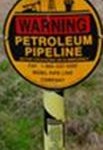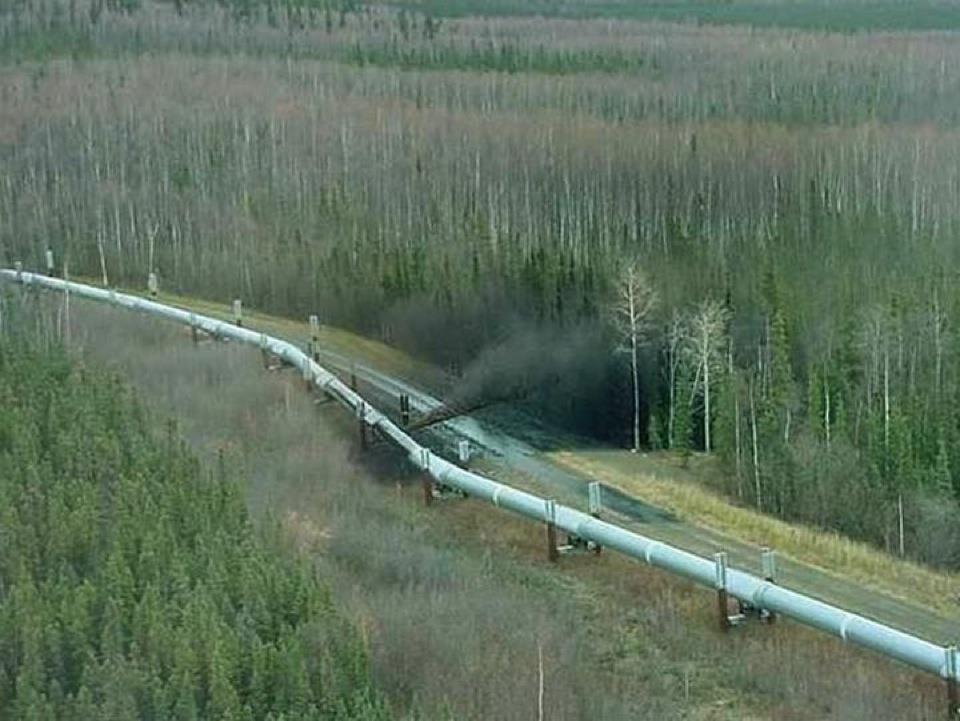Dear Senators and Representatives,
Last Tuesday (Nov. 12), CBS reported that nearly 50 percent of the welds on a section of the southern segment of the Keystone XL pipeline were faulty. That revelation was based on a Sept. 26, 2013, warning letter to pipeline owner TransCanada from the Pipeline and Hazardous Materials Safety Administration (PHMSA). It was part of a broader story about problems with Keystone XL’s southern segment that included Public Citizen’s own investigative report, also released last week.
In the report, we documented 125 excavations TransCanada made to remedy possible “anomalies,” welds, dents or other problems in the southern segment of the pipeline, which runs from Oklahoma through Texas. In conjunction with the report, we sent a letter on Nov. 11 to Congress asking for oversight hearings.
Since then, we have reviewed the two letters cited by CBS, reviewed other PHMSA warning and corrective action letters sent to TransCanada, and spoken to a PHMSA official about some of the correspondence.
The Sept. 26 letter from PHMSA to TransCanada said that “TransCanada experienced a high weld rejection rate” on the section of the pipeline known as “Spread 3” and that “205 out of the 425 welds, or 48.2 percent,” required repairs. The letter explained that TransCanada employed a welding process that was not a “previously qualified procedure” and “failed to use properly qualified welders.”
In an earlier, Sept. 10 warning letter, PHMSA said field inspectors found dents in pipe that appeared to be the result of rocks in the backfill used around it. The letter said TransCanada did not ensure that the pipe was installed “in a manner that minimizes the possibility of damage to the pipe.”
Damon Hill, a Washington-based public affairs analyst for PHMSA, said in a phone interview that after the letters were sent, PHMSA had “gone out and conducted inspections.” However, he said he could not provide dates of the inspections, confirm that they focused on the problems identified in the letters, or give even an approximate time frame for providing information on the results of these inspections.
Hill said, “The results of the inspections won’t come out until we issue an enforcement order.” He also said, “You’re trying to get me to say something specific, and I am not going to tell you something specific.”
Meanwhile, that section of the pipeline is scheduled to be filled with tar sands crude within a matter of weeks.
The construction problems and the lack of information about inspections are particularly alarming because of TransCanada’s history. The first phase of Keystone XL spilled 14 times in the first 14 months of its operation, according to a U.S. State Department report, and TransCanada’s Bison natural gas pipeline exploded within the first six months of operation.
Moreover, the number of weld problems has implications for the entire southern segment. If 205 repairs are needed on a single section, how many flaws are there likely to be in the rest of the pipeline’s 485 miles?
In light of the above, we firmly believe that the following should take place:
- PHSMA should ensure correction of the problems identified in its letters, inspect the corrected work, and make the process and results publicly available and readily accessible.
- PHMSA should inspect all of the “anomalies” indicated by our report and make the process and results publicly available and readily accessible.
- Because of the high number of problems identified in PHMSA letters and our report, PHMSA should inspect the entire southern segment of Keystone XL. PHMSA should conduct a quality assurance review, and because the quality of the welds is critical to ensuring that the pipeline won’t leak or rupture, another hydrostatic test and caliper inline test should be complete before it is filled.
- Congress should conduct oversight hearings to ensure that the pipeline is safe for the public and the environment.
- All of the above should be completed before the pipeline is filled with tar sands crude and put into use.
Our report and PHMSA’s own letters raise the specter of a pipeline rife with construction flaws from its start in Cushing, Oklahoma, to its end at Texas’s Gulf Coast. Congress has a responsibility to ensure that flaws already identified and any undiscovered flaws do not result in a public health or environmental disaster. Texas’ waters should not be put at risk of contamination from pipeline breaks or spills.
Sincerely,
Tom “Smitty” Smith, Director
Public Citizen’s Texas Office
1303 San Antonio St.
Austin, Texas
(512) 477 1155
(more…)



![beforenafter1[1]](http://texasvox.org/wp-content/uploads/2013/02/beforenafter11.jpg?w=300)



